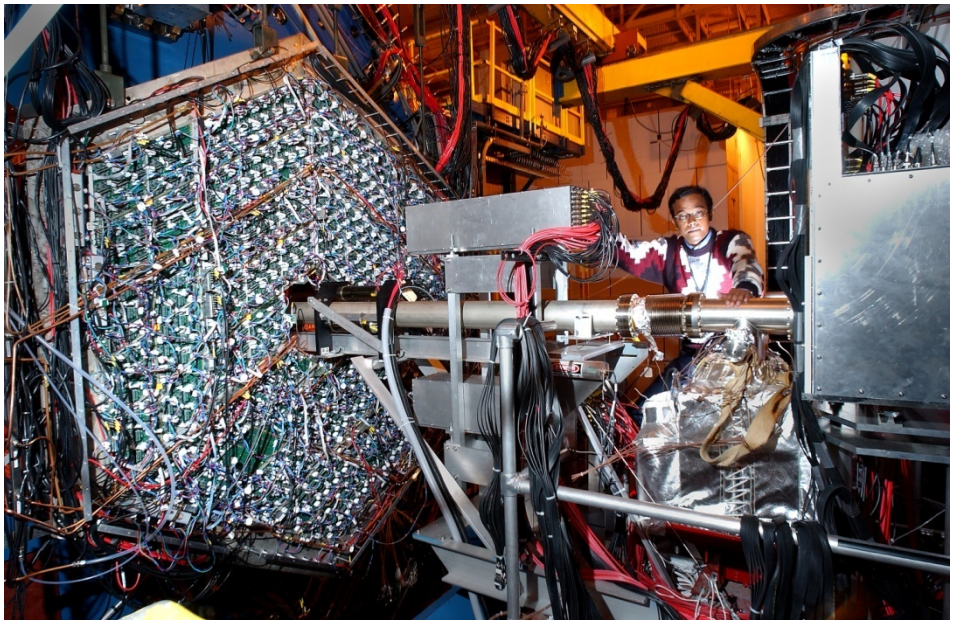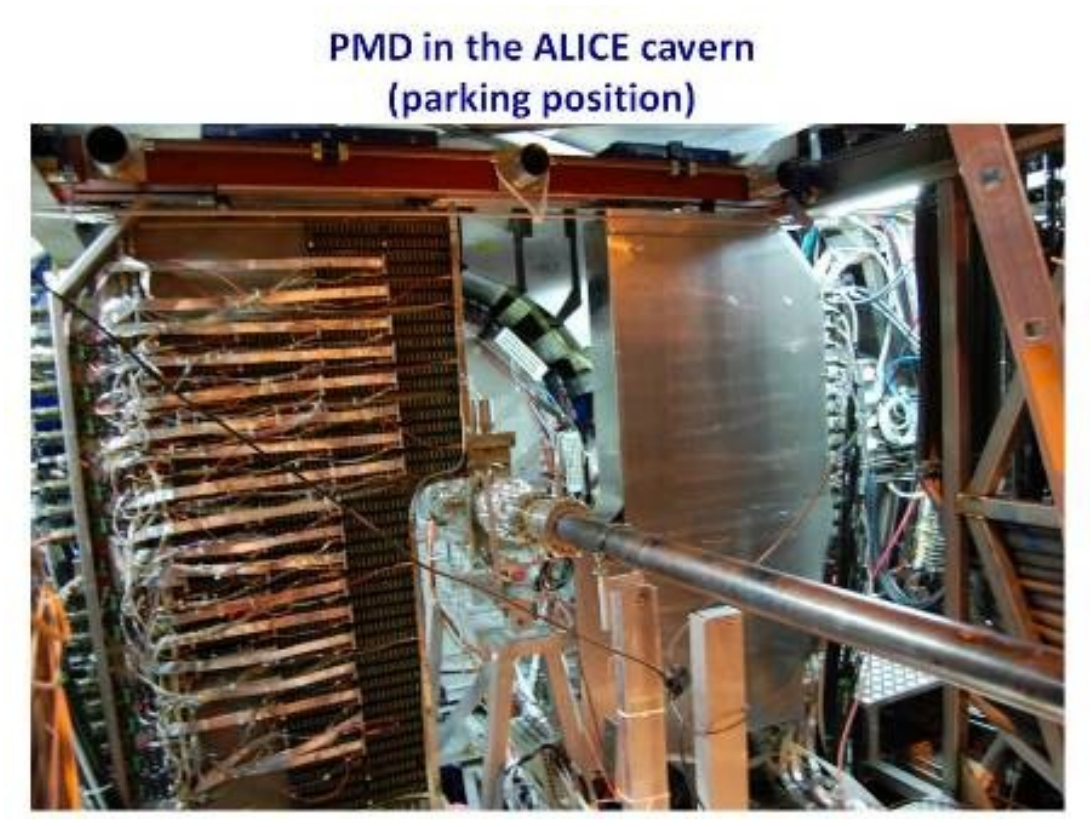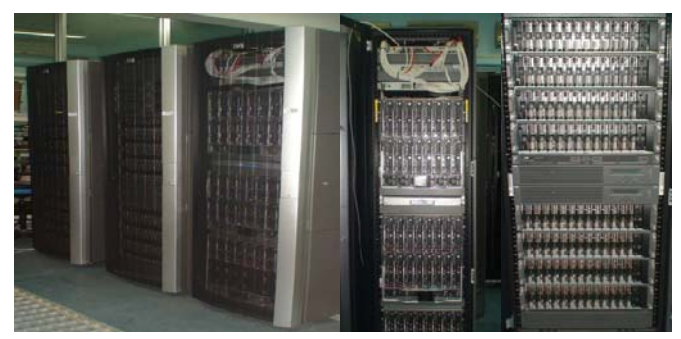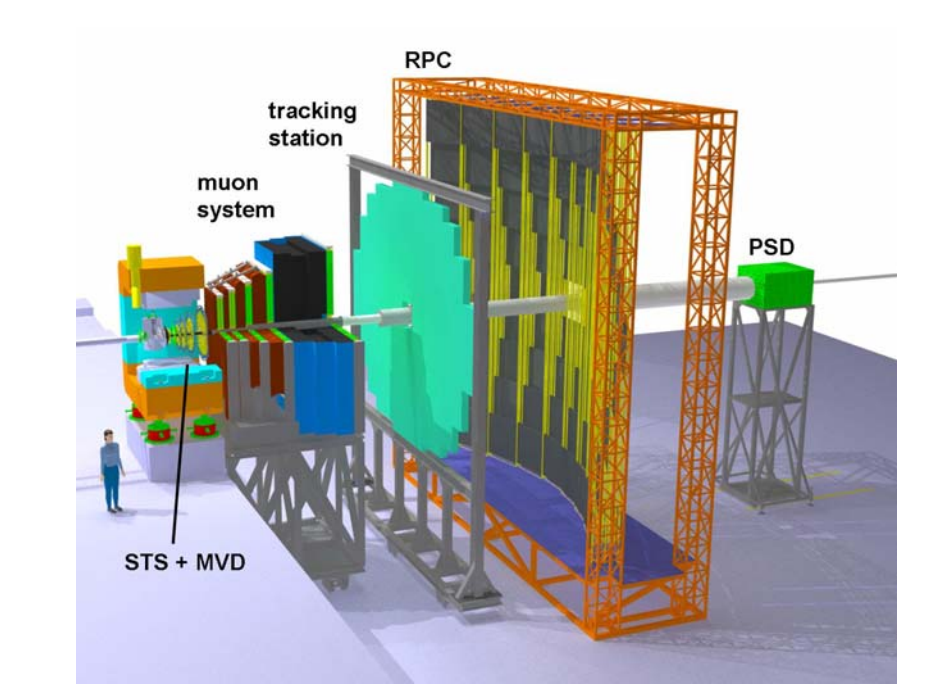प्रायोगिक उच्च ऊर्जा भौतिकी और अनुप्रयोग वर्ग
| EXPERIMENTAL HIGH ENERGY PHYSICS AND APPLICATIONS GROUP | SUBHASIS CHATTOPADHYAY | |
| Experimental High Energy Physics and Applications Group | ||
| Experimental High Energy Physics Section | ||
| Regional Radiation Medicine Centre | ||
| RRMC Section | Surajit Pal | |
Experimental High Energy Physics and Applications Group
Study of Relativistic Nuclear Collisions and Quark Gluon Plasma at RHIC and LHC
The main research interest of the group members is the detailed study of formation of Quark Gluon Plasma (QGP) in the collision of heavy nuclei (like Gold or Lead) moving at relativistic energies. The group is part of the STAR Collaboration at the Relativistic Heavy Ion Collider (RHIC) facility of Brookhaven National Laboratory near New York in USA and the ALICE Collaboration at the Large Hadron Collider (LHC) facility of CERN Laboratory in Geneva (Switzerland).
VECC is leading an Indian team of experimental physicists from six Institutions (VECC, IOP Bhubaneswar, IIT Bombay, Panjab University, Chandigarh, University of Rajasthan, Jaipur and University of Jammu) and has fabricated a fully indigenous Photon Multiplicity Detector (PMD) for both the STAR and ALICE Experiments. The PMD for STAR consists of two planes of detectors with a lead converter plate sandwiched in between and having a total of about 82000 tiny hexagonal proportional counters. The STAR PMD has been taking data since 2004 and produced some of the excellent physics output . The ALICE PMD consists of two planes of detectors with a lead converter plate sandwiched in between and having a total of about 200000 tiny hexagonal proportional counters. The ALICE PMD has been taking data since late 2009, from day one after the LHC became operational.

STAR PMD in the Eastern side of Wide Angle Hall at RHIC 
ALICE PMD, shown at the parking (servicing) position. In the final (data taking) position the two halves close around the beam pipe to make a compact plane of the detector. ALICE GRID Tier-2 Computing Centre
The computing requirements for ALICE experiment are huge and the experiment has adopted the technology of “distributed computing over internet”, popularly called GRID technology, as the solution. The ALICE GRID is organized on a Tier-structure, with the highest level at Tier-0 being kept at CERN and essentially acting as the depository for raw data. Down the line one has Tier-1 centres, six of them around the world and then Tier-2 centres which are about 30. Kolkata hosts a Tier-2 Centre, which provides about 2% of the processing and storage requirements and is running with more than 95% reliability and availability.

Tier-2 centre at VECC showing the CPU and storage systems India-based Neutrino Observatory (INO)
VECC has been a signatory to the initial MoU among seven DAE institutions in 2002 to carry out the R&D and feasibility studies for setting up the INO facility in the country. The group has pioneered the development of Bakelite RPCs in collaboration with SINP and is host to the first prototype of the Iron Calorimeter (ICAL),the main detector for INO. The prototype ICAL is now commissioned and taking data regularly with cosmic muons using both glass and Bakelite RPCs.
Compressed Baryonic Matter (CBM) Experiment at FAIR, Germany
With the LHC providing the ideal facility for the study of matter at very high temperature and very small baryon chemical potential, the next phase of activity in the study of strongly interacting matter will shift to the FAIR facility in Germany which will provide lower energy beam in the range of a few GeV upto ~ 45 A.GeV but with ~103 times more beam current. VECC has taken a leading role in assembling a large contingent of Indian collaborators to work for the Compressed Baryonic Matter (CBM) experiment at FAIR where matter will be studied at very high density, approaching that of the core of neutron stars. The main focus of the CBM experiment will be the study of rare probes which could not have been studied at the SPSD and lower energy RHIC runs due to insufficient luminosity. The energy range accessible for CBM is also very much suited for the study of critical point.

Layout of the CBM Experiment showing Muon system The group will be involved in making a large fraction of the Muon detector using GEM technology and the entire set of electronics and readout boards.
Detectors for medical imaging
The experience gained in developing various types of detectors for exprimental physics is now being applied to special area of detectors specialy suited for medical imaging. We have developed several MRPCs using both glass and Bakelite and maesured their time resolution. Monte-Carlo simulation for estimating the response of two MRPCs to the positron annihilation photons is in progress.
| Article | Author | Journal/Symposium | Year |
| Name | Contact Number | Member Details |




